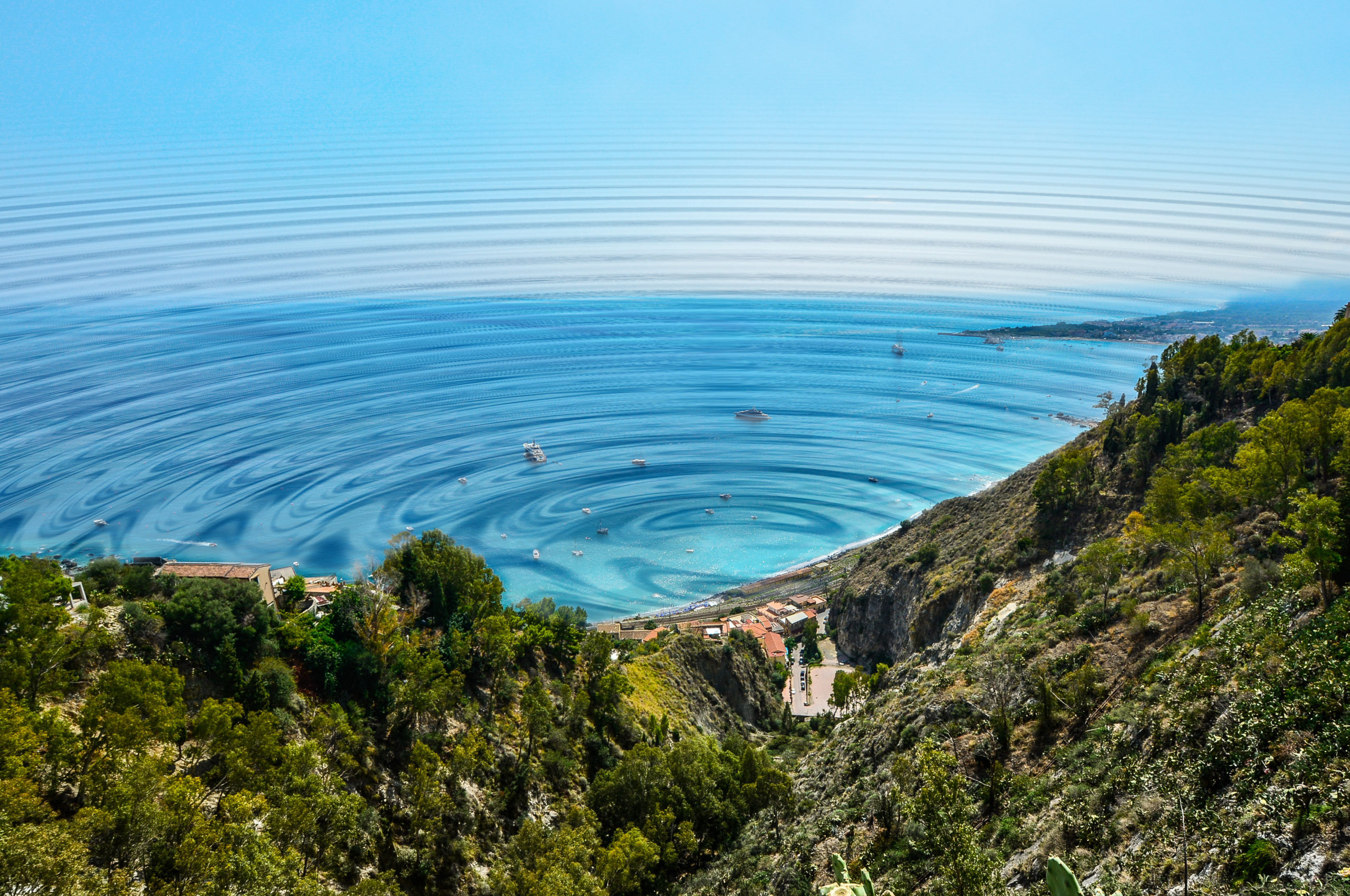Like the waters it protects, strategic maritime intelligence is constantly changing.
Building technology in an arena that is highly competitive requires adaptability and foresight. Nations and organizations necessarily want to select a surveillance system that is at once comprehensive, cutting edge, and budget-friendly, as well as boasting a long lifespan. Enter Maerospace’s 4th generation PASE™ high frequency surface wave radar (HFSWR).
Enhanced with a robust API for secure data exchange, reliable satellite communications, and integrated predictive analytics, it is the quintessential maritime security solution. This innovative practicality is what puts Maerospace the vanguard of the maritime intelligence industry.
But how, exactly, has PASE™ become the pacesetter for monitoring activity on our seas? Here are 4 ways:
1 – Persistent Radar is a Force Multiplier
Most countries monitor their coastlines with short-range microwave radar and AIS systems, in conjunction with coast guard or naval personnel in ships or airplanes. This traditional two-pronged approach has proven insufficient against today’s sophisticated maritime threats.
Manned crafts (at sea or in the sky) are very expensive, and coverage can be inconsistent and limited to the visible area. Shore-based or platform-based microwave radar systems are bounded by the line of sight, with an average radar horizon range of only 20 nautical miles. Consequently, only a fraction of the Exclusive Economic Zone (EEZ) can be surveilled at any given time.
Persistent, long-range, multiple-vessel identification and tracking is the goal for all countries with coastal responsibilities.
Reaching remote locations from 20 to 220 nm over a minimum range of 120°, HFSWR provides continuous coverage and up-to-the-minute detection, 24/7. Further, when these sensors are integrated with independent C2 and C4ISR systems, they can provide optimized maritime intelligence information.
Canada’s Maerospace has been a driving force in the global adoption of this technology. Our proprietary PASE™ radar package includes a full-featured API designed to seamlessly communicate with C2 and C4ISR tools, as well as advanced, real-time data analytics tools. TimeCaster™ provides vessel positioning information with unparalleled accuracy, and satellite backhauling ensures accurate data collection from even the most undeveloped stretches of coastline.
Simultaneous, complementary monitoring and information processing allows users to patrol their waters and focus their response efforts with the utmost efficiency.
2 – High Frequency, Low Cost
Border protection requires a significant monetary investment, and marine borders present particular economic challenges for many countries. HFSWR capitalizes on well-researched, cutting-edge technologies to minimize impact on physical space as well as security budgets.
Navies and coast guards that adopt an HFSWR network find that the largest cost savings is in payroll. Because the radar system can run largely unmanned and cover the same region that previously required multiple crafts and numerous people, it is a remarkably better value.
A multi-layered, complete system like the PASE™, further reduces the price of a comprehensive maritime intelligence program by smartly incorporating third party data analytics into an AI-driven predictive verification.
In addition, real estate requirements and construction and maintenance costs are minimized. Our 4th generation high frequency radar is neatly and quickly deployed in a self-contained Integrated Radar Equipment Shelter (IRES). This customized unit is operation-ready, with power, communications, and climate control. Using monostatic Virtual Aperture Array (VAA) technology, the single-site system can be configured in a compact array between 350 and 700 meters of shoreline. Multi-site installations are also supported.
The end result? An affordable, small footprint, over-the-horizon sensor system that runs continuously and is not hampered by bad weather or staffing problems.
3 – Sense and Adapt Technology
The high frequency radar band is congested. In order to maintain a clear signal, the technology is built on a cognitive sense-and-adapt framework.
PASE™ operates with upgraded dynamic spectrum management, which allows for automatic movement to another frequency when traffic is heavy. This non-interference and non-protected basis (NIB) usage ensures continuous performance but can also be customized by the user: certain frequencies can be assigned or excluded. The 4th generation technology also supports transmissions within the strategic HF mid-band range, improving execution and reliability.
Signal interference can arise from noise, other nearby antennas, or even power lines. Sense-and-adapt methods increase the likelihood of uninterrupted, accurate data collection.
4 – Reliable Accuracy
Persistent, active coastal monitoring requires a sustained signal, but also continuous, live data analysis from multiple sources.
Our PASE™ system can be as effective as a HFSWR system twice its size, by employing our patented VAA technology and finding the clearest path within the crowded spectrum. Similar to a multiple-input-multiple-output (MiMo) configuration, the PASE™ transmits and receives information simultaneously along two separate antenna paths, virtually doubling the bandwidth.
However, while high frequency radar fills the gap between the coast-hugging microwave radars and OTH systems, the 4th generation PASE™ radar system goes even further to address surveillance deficiencies, and to provide a holistic and credible picture of offshore activity, at any time.
Complete coverage of the EEZ requires frequency diversity–the ability to detect vessels of different sizes and at varying distances, all in real time. Accurate position verification and decoy signal identification, fewer false tracks, integrated, time-synchronized satellite data that is updated constantly; all of these are crucial to the identification of suspicious vessels.
Industry-leading PASE™, when integrated with our TimeCaster™ S-AIS synchronization software, provides effortless communication with existing C2 and C4ISR products, and covers critical maritime domain awareness.
Agile and reliable, Maerospace’s updated 4th generation solution advances the proven radar technology and has become the security system of choice for clients across the globe.
About Maerospace
Transforming the awareness, assessment, and response to critical economic, environmental, and human threats in national maritime domains
